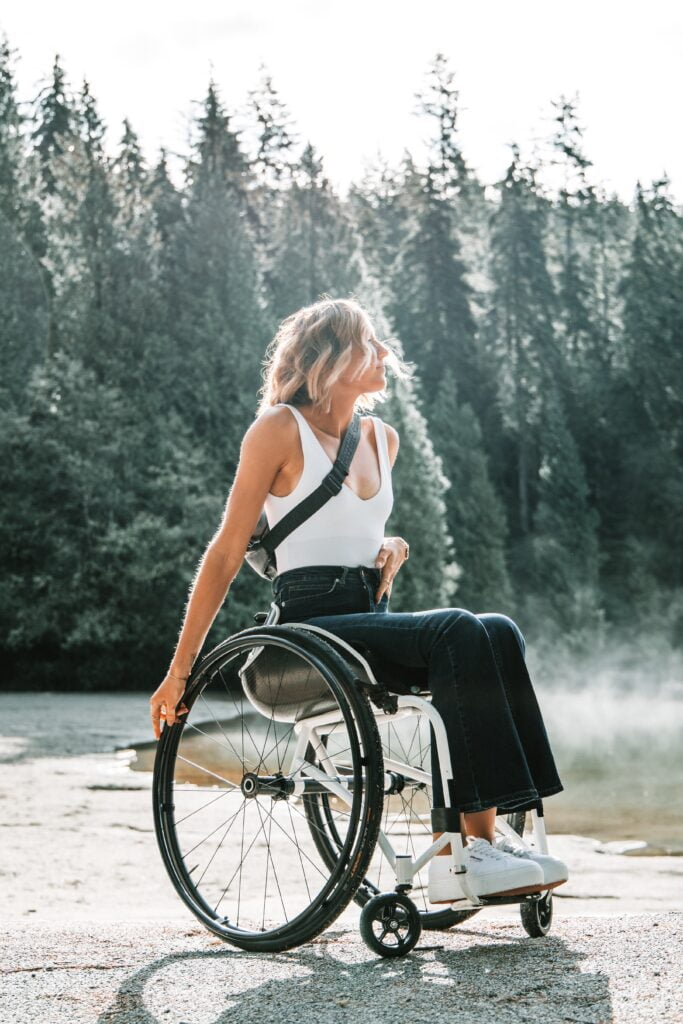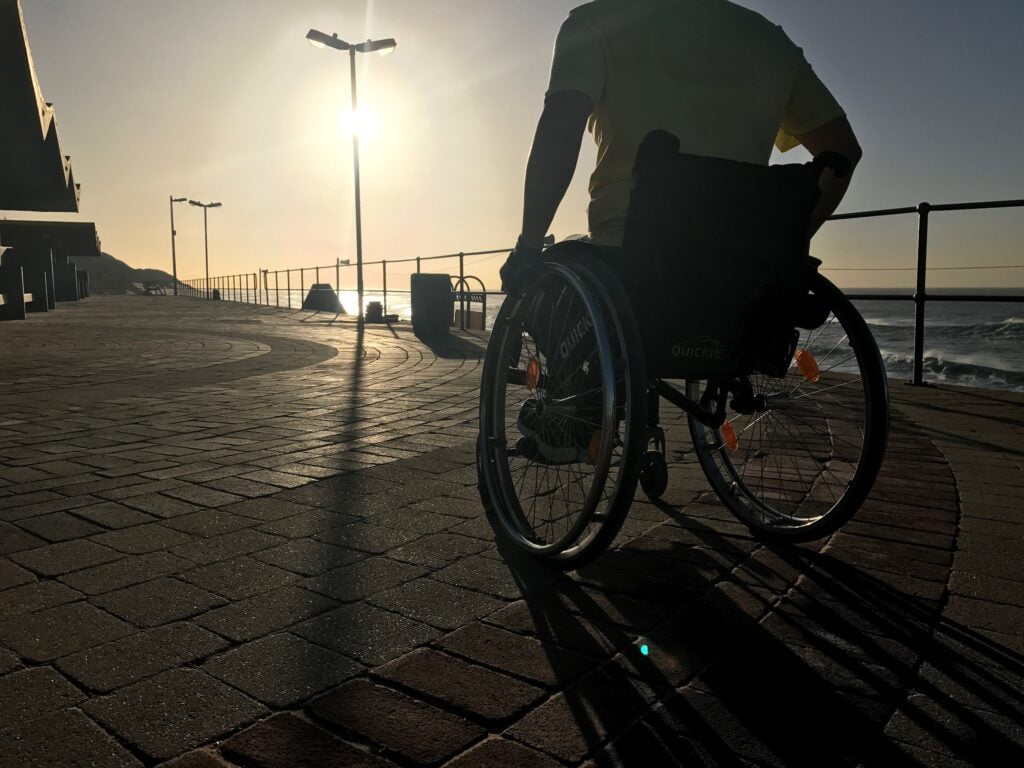Accessible design is a design process in which the needs of people with disabilities are specifically considered. Accessibility sometimes refers to the characteristic that products, services, and facilities can be independently used by people with a variety of disabilities.
washington.edu
Why is Disabled Access Important?
Getting around, shopping in a mall or going to a restaurant for dinner are things many people take for granted. For those with disabilities though, every activity, no matter how basic or how small is accompanied by thought and usually lots of planning. The smallest curb or as little as two steps into a shop, an office or even a house can present a seemingly insurmountable barrier.
But why is it important to ensure access for disabled people since they are only a minority group?!
- In many countries, it’s the law. Fifty-five countries have either passed specific laws concerning the rights of people with disabilities, or have enshrined those rights in their constitutions.
- It’s a matter of fairness and respect. People with disabilities have the same rights as others, including the right to fully participate in community life. Everybody has a right to live as normal a life as possible.
- Failing to do so wastes talent and energy. Many people with disabilities in all walks of life are competent at important jobs, and some do remarkable work. Denying people access to employment, education, or services wastes human resources and makes society poorer.
- It makes good business and economic sense. For commercial operations of any kind, accessibility means that people with disabilities can become customers, increasing sales volume and profits. Furthermore, if a firm is a good place for customers with disabilities to do business, the word will get around.
- Many people with disabilities already have a difficult life. It’s simple human decency not to make it any harder than necessary.
- People with disabilities add to the diversity of the community, and that diversity makes everyone’s life richer. If they can mix normally with the rest of the community, they will have more friends and acquaintances, and more people will have the opportunity to know them.
- Access for people with disabilities improves access for everyone. Making public spaces and facilities physically accessible for people with disabilities also makes them more accessible for people who may not have disabilities, including families with baby strollers, skateboarders, and bicycle riders. Making ramps a built-in feature of the environment is good for everyone.
Accessibility in South Africa

The National Council for Persons with Physical Disabilities in South Africa (NCPPDSA) states on their website that “South Africa currently has laws and building regulations which is not discriminatory, barrier free and inclusive of persons with disabilities, but we fail in the implementation of this legislation in terms of providing true equality for persons with disabilities, and failure to enforce compliance with existing building regulations. Non-compliance exposes companies to legal action from individuals and could also lead to class action, permissible under our constitution…Non-compliance is about to become very expensive, for both government and corporations.”
WheelsUp can’t phrase it any better!
For persons with disabilities to be fully functional in society, they should have certain facilities in the buildings in which they live, work or seek recreation.
Legal Requirements
A number of legal requirements, minimum standards and acts in South Africa legally require public buildings, attractions, etc. to be accessible to those with disabilities. Some of these include:

Every effort should, however, be made to ensure that each site, building and facility can be used to the maximum extent by persons with disabilities. If an area of the site or building or particular facilities cannot be made accessible, then the onus is on the decision-maker, if and when challenged, to prove to persons with disabilities and persons without disabilities that this was a reasonable decision to make. A factor to be considered is that all facilities, if designed correctly, can also provide safe, comfortable and convenient use to persons without disabilities.
Ultimately, embracing accessible design isn’t just a legal or ethical obligation; it’s a pathway to fostering a more equitable and harmonious world.

